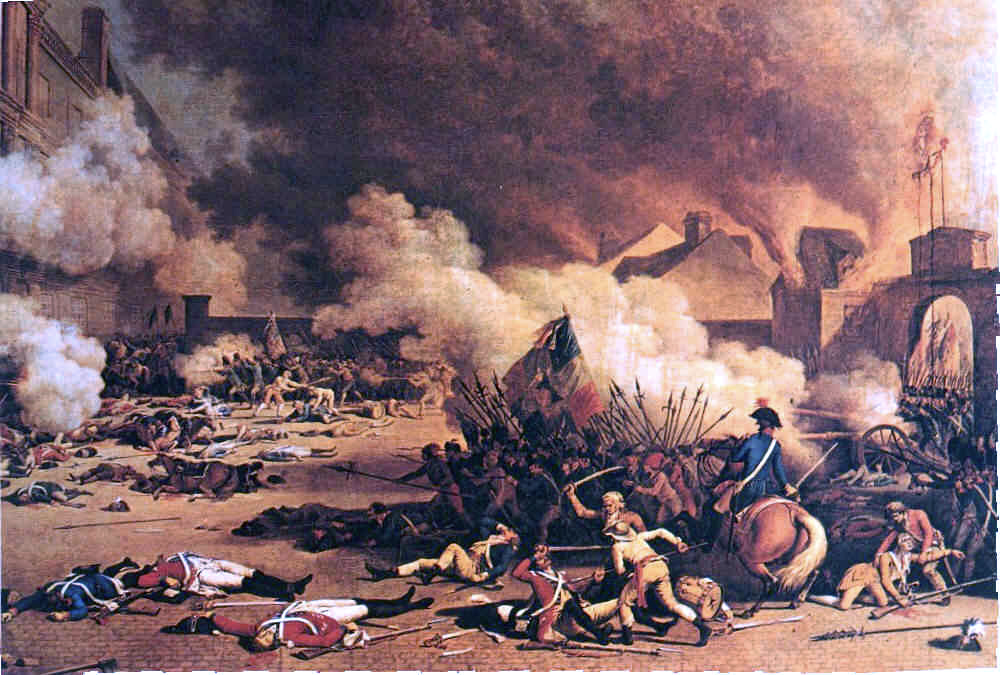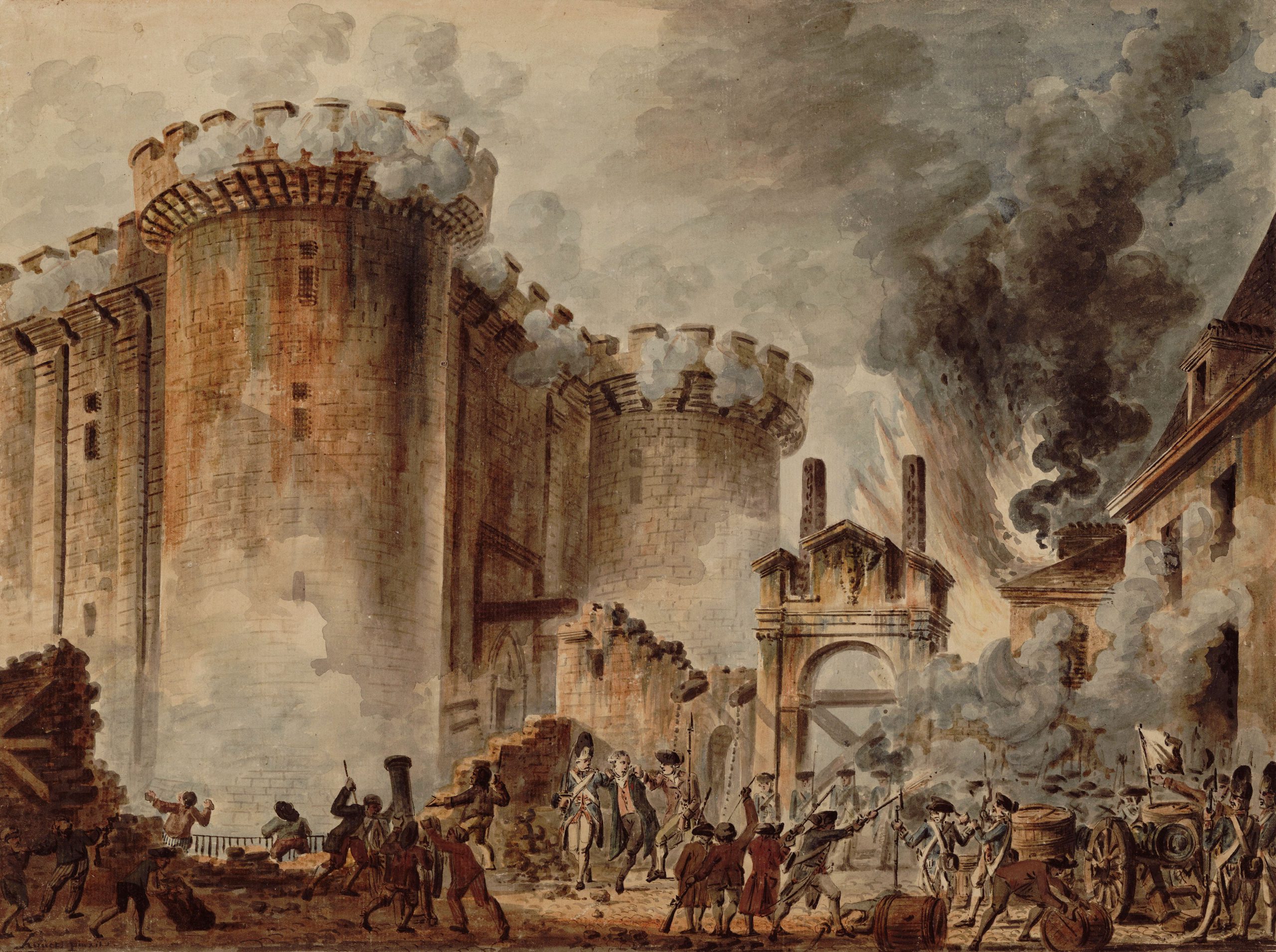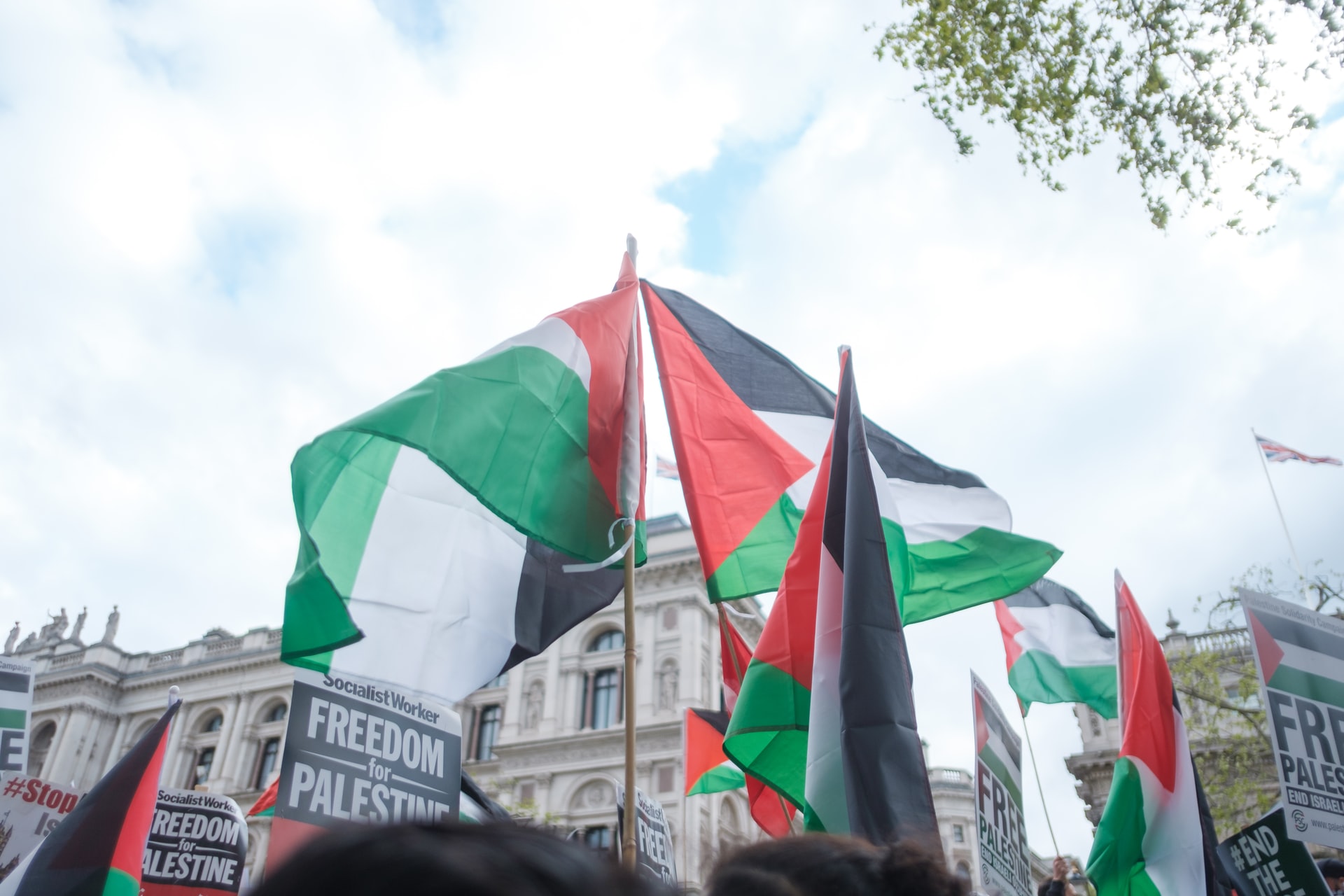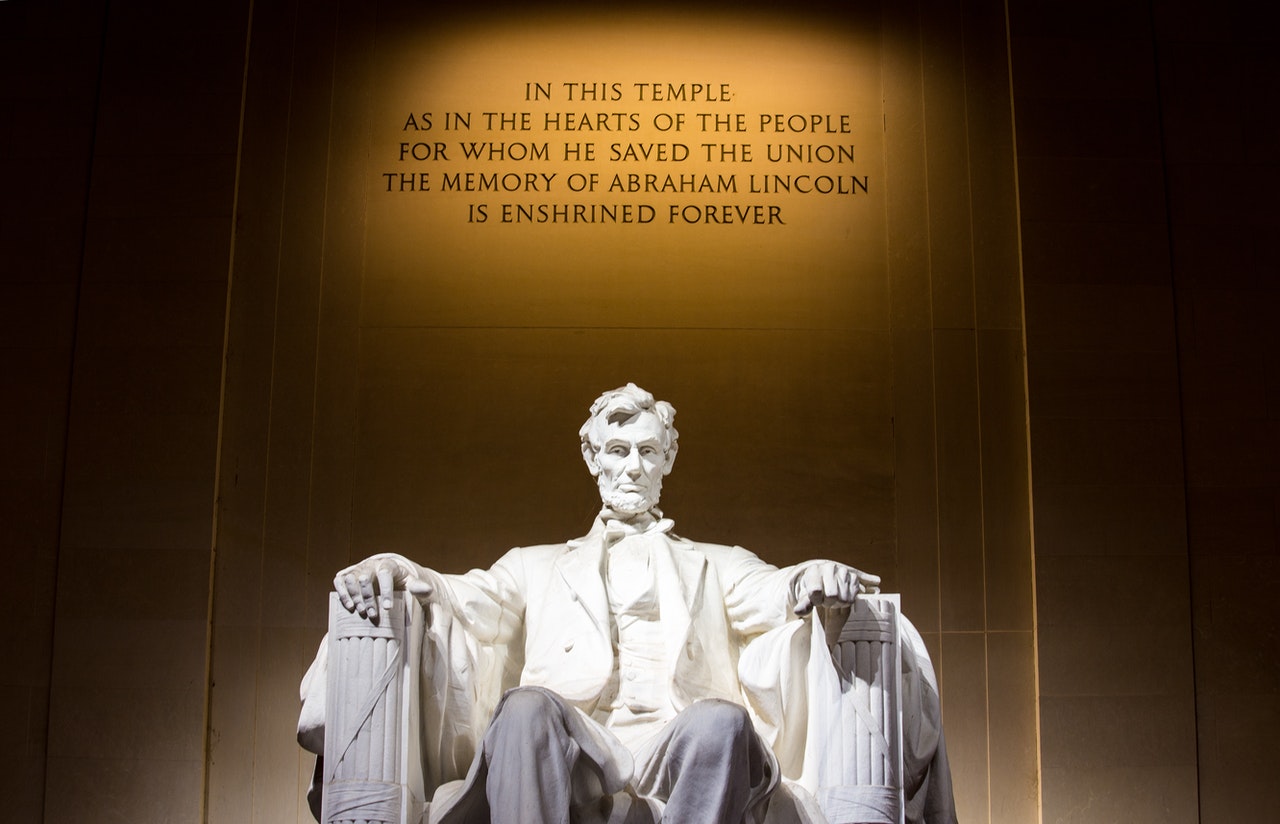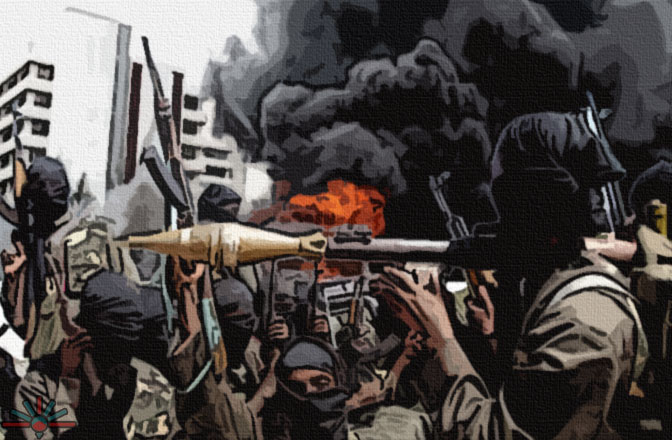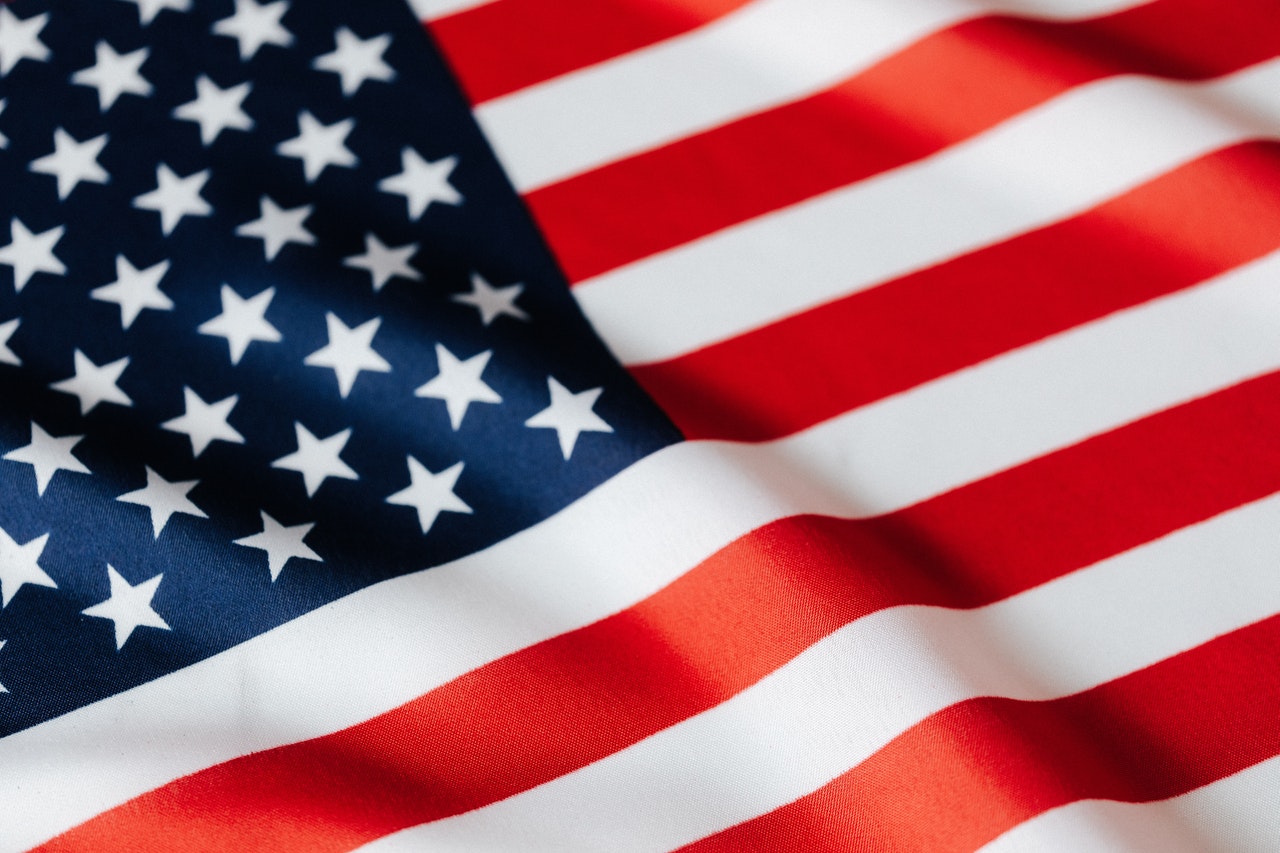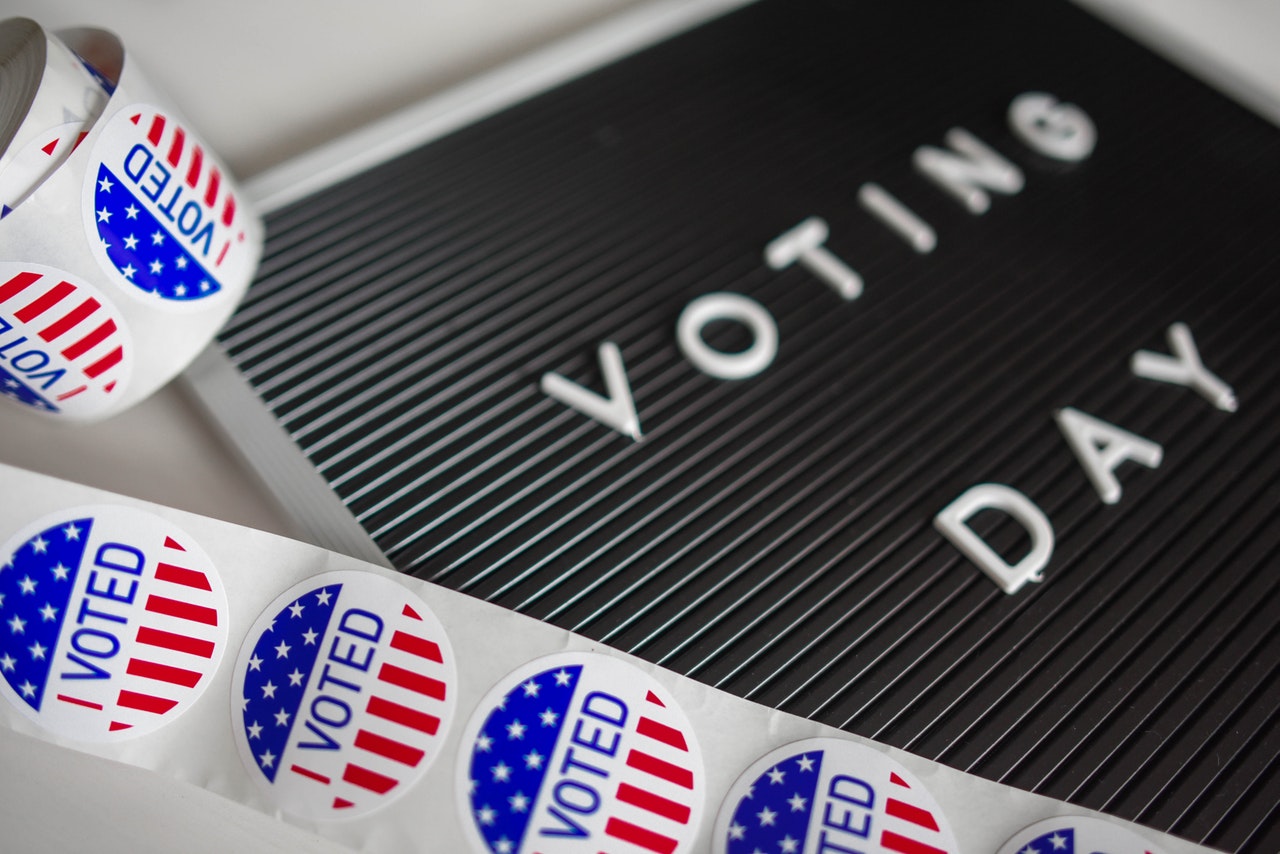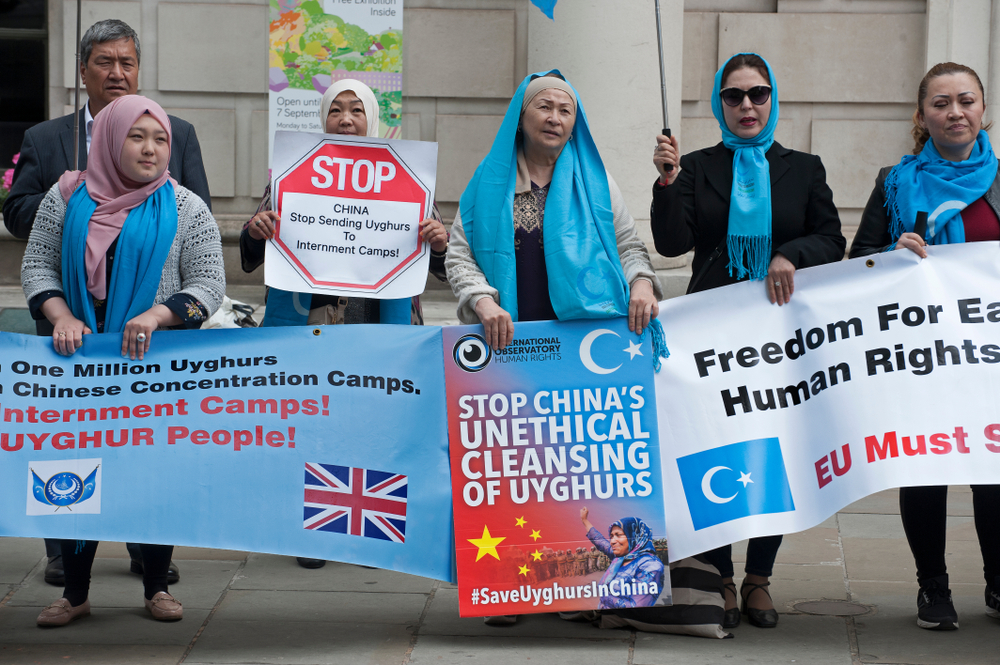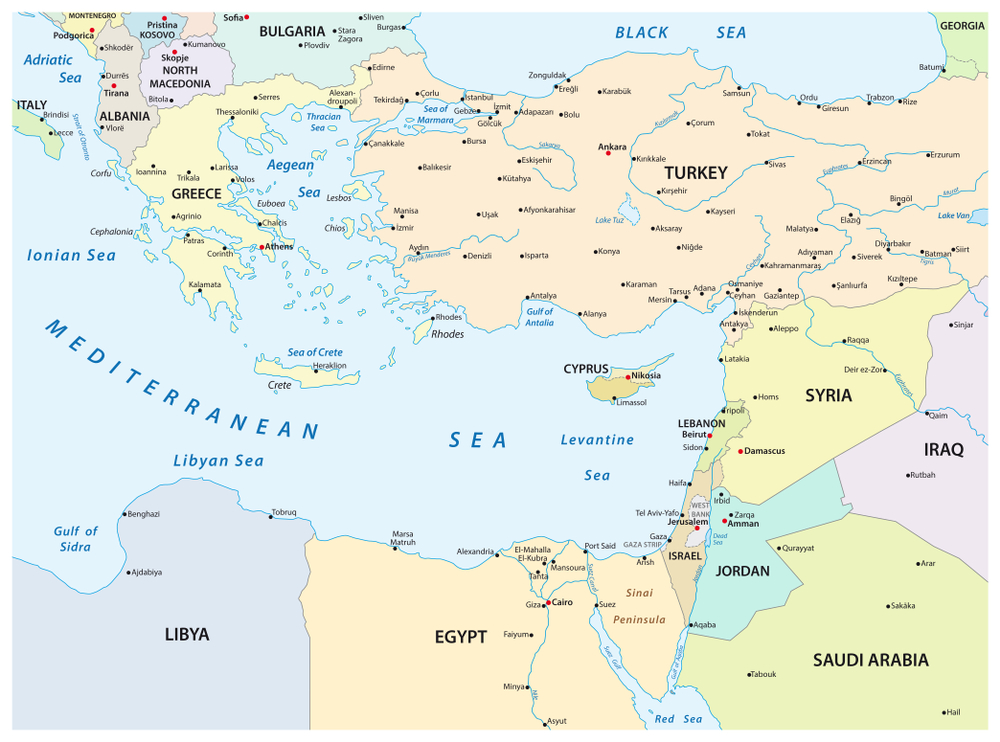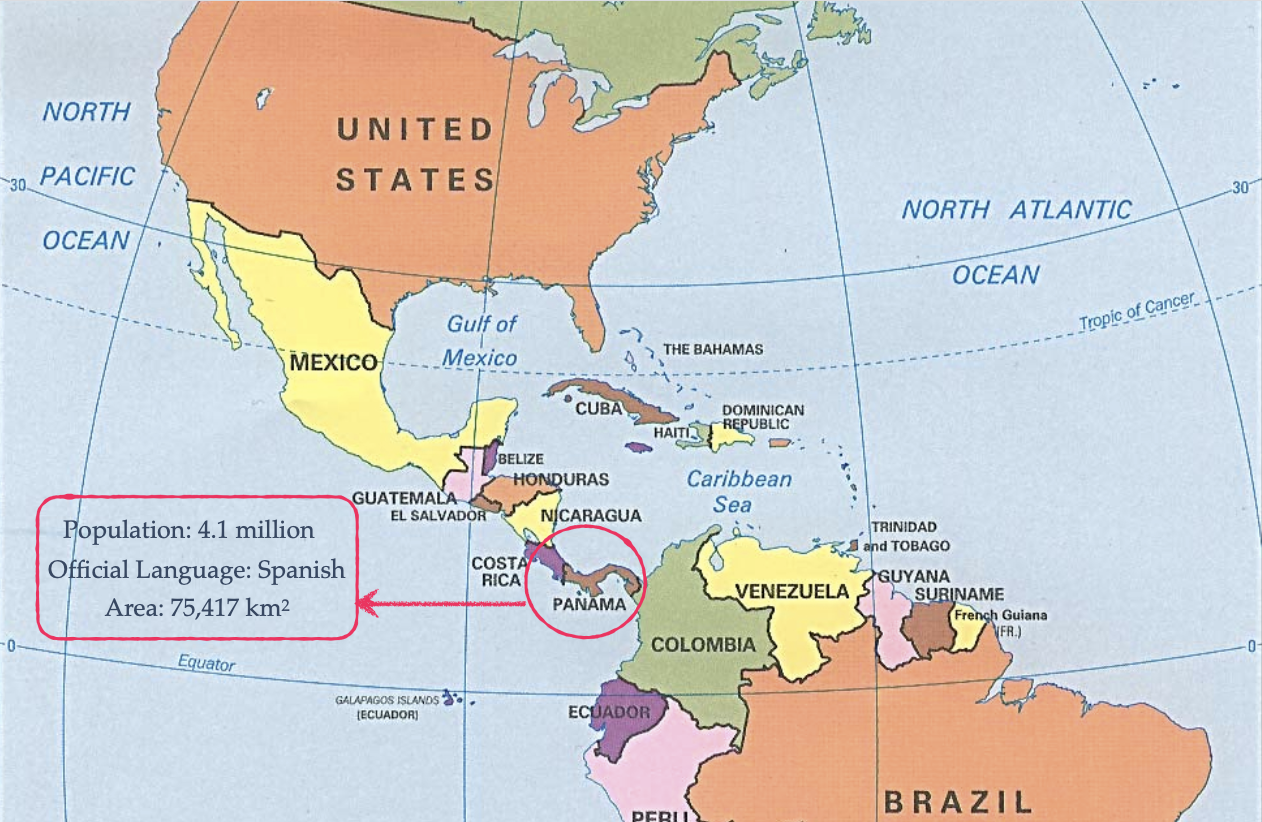Reading Time: < 1 minutes
- This classification was first used during the French Revolution in the National Constituent Assembly in 1789.
- The King had not been able to manage the finances of France well.
- So he called a meeting of about 1200 people, including common people, Church leaders and King’s officers, in May 1789.
- The meeting went wrong, and common people took matters into their own hands and, over the next few days, established National Assembly, which became National Constituent Assembly.
- This National Constituent Assembly (NCA) later also attracted a few members from Church Leaders (Clergy) and King’s officers (Nobility).
- The agenda for one of the NCA meetings was to decide how much power should rest with the King.
- Those favouring King’s absolute power were asked to sit on the right, and those favouring partial power sat on the left.
- This was done, so it was easy to count the votes.
- Mostly King’s officers and some from Church sat on the right of the King, and common people sat on the left.
- This seating pattern continued in all the meetings going forward.
- People and the press started referring to these groups as left and right.
- The French revolution was a big deal, and the whole world was watching, so the names travelled and eventually became identities – Left who are pro-change; Right who are more conservative.
Image courtesy of Tumisu through Needpix
Reference shelf :



